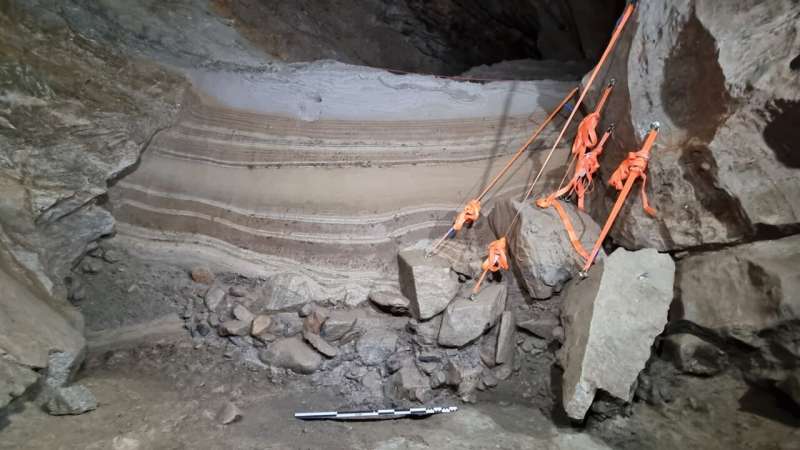
Researchers have unearthed the remains of a diverse range of animals that lived in the European Arctic 75,000 years ago. This significant discovery took place in the Arne Qvamgrotta cave, located on the coast of Northern Norway. The excavation revealed the bones of 46 different species, including mammals, fish, and birds, marking the oldest known example of an animal community from that era in the region during a warmer period of the last ice age. The findings have been published in the *Proceedings of the National Academy of Sciences*.
The team, led by Dr. Sam Walker from Bournemouth University and the University of Oslo, believes that these ancient bones can provide valuable insights into how wildlife responded to significant climate shifts. According to Dr. Walker, “These discoveries provide a rare snapshot of a vanished Arctic world.” He emphasized the importance of understanding how vulnerable cold-adapted species are to changing climate conditions, which is crucial for current conservation efforts.
Among the species identified in the excavation were well-known Arctic animals such as the polar bear, walrus, bowhead whale, and Atlantic puffin. Notably, the remains of collared lemmings, a species that is now extinct in Europe, were also found. This is the first time such remains have been discovered in Scandinavia. DNA analysis indicated that the lineages of these animals did not survive when colder conditions returned, shedding light on the challenges faced by wildlife during climate fluctuations.
The cave, discovered in the 1990s due to local mining activities, remained largely unexplored until recent excavations conducted in 2021 and 2022. The researchers unearthed a rich mix of fauna that illustrates a coastal ecosystem thriving in a largely ice-free environment after glaciers had melted. The presence of migratory reindeer and freshwater fish suggests that lakes and rivers existed within the tundra, supporting a vibrant ecosystem.
Dr. Walker noted that the findings highlight the struggles of cold-adapted species to adapt to major climatic events. “This highlights how cold-adapted species struggle to adapt to major climatic events,” he stated. The research underscores the ongoing challenges these species face today as the climate continues to warm at an alarming rate.
Professor Sanne Boessenkool, a senior author of the study, pointed out the rarity of preserved remains from this period, saying, “We have very little evidence of what Arctic life was like in this period because of the lack of preserved remains over 10,000 years old.” The cave’s discoveries offer a unique glimpse into a diverse array of animals that once inhabited the region.
The team also emphasized the implications of their findings for contemporary conservation efforts. The habitats available to animals today are far more fragmented compared to 75,000 years ago, making it increasingly difficult for populations to migrate and adapt to changing conditions. “If they struggled to cope with colder periods in the past, it will be even harder for these species to adapt to a warming climate,” Professor Boessenkool concluded.
This research represents a collaborative effort among several institutions, including the University Museum of Bergen and the Norwegian University of Life Sciences. The insights gained from this study could prove invaluable for understanding and preserving Arctic wildlife in the face of ongoing climate change.







